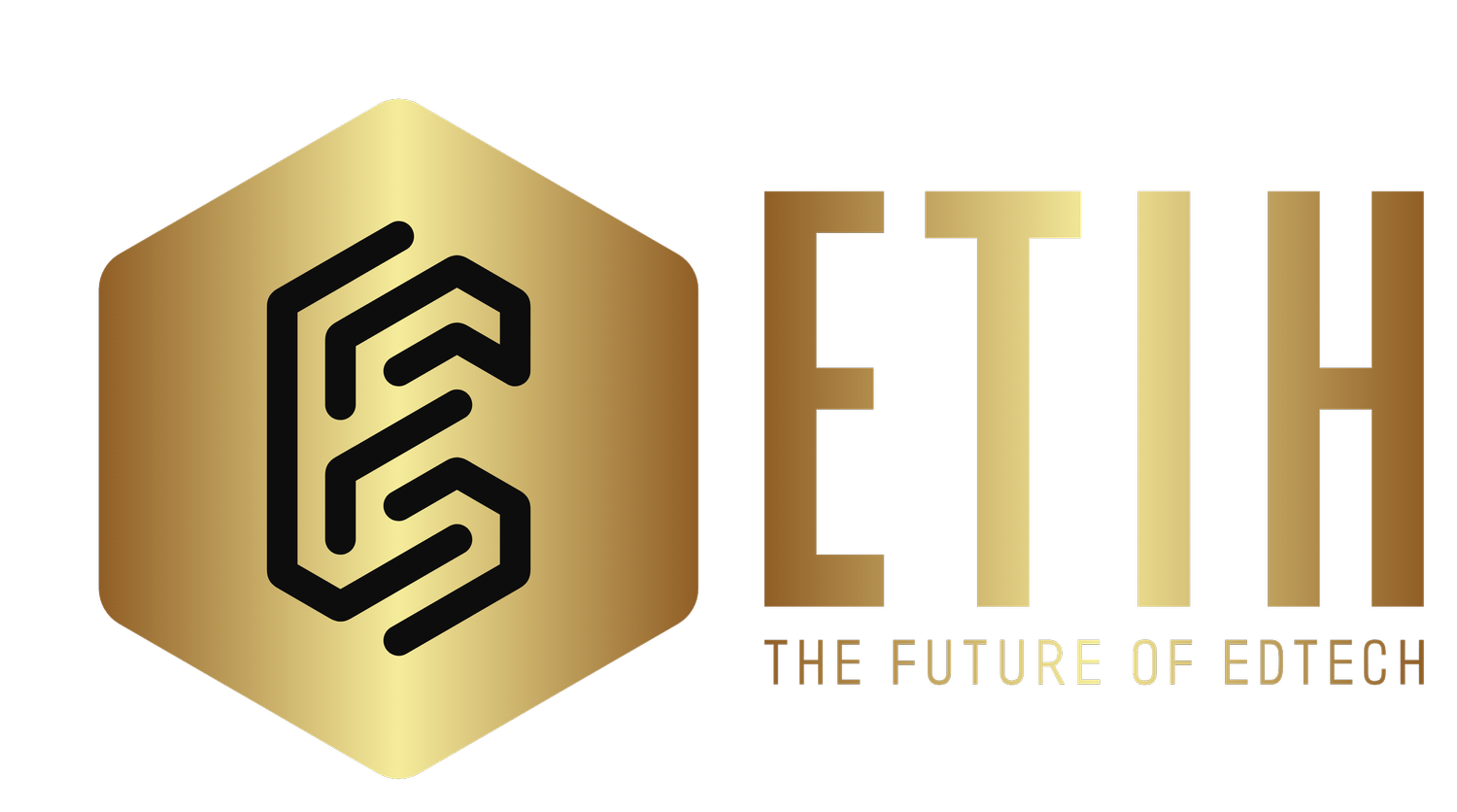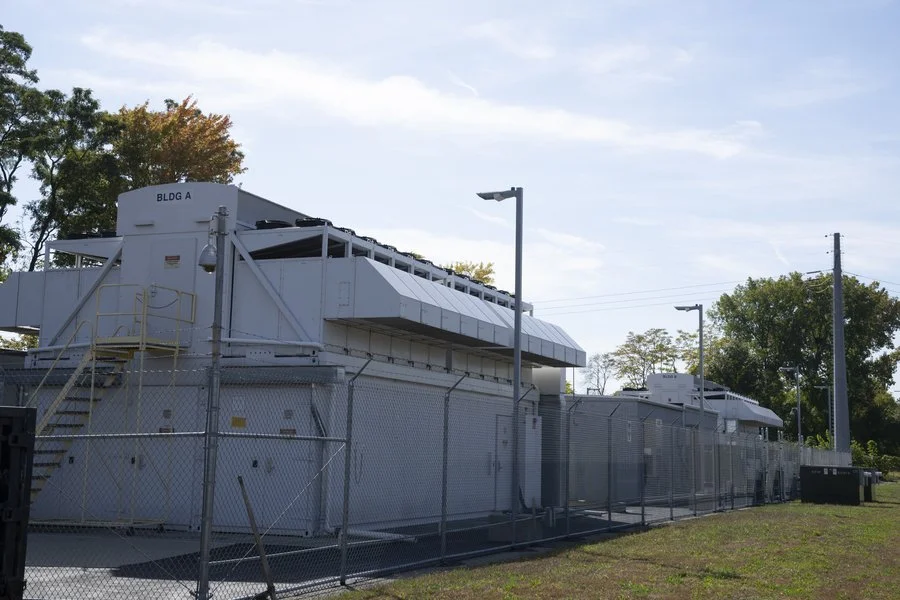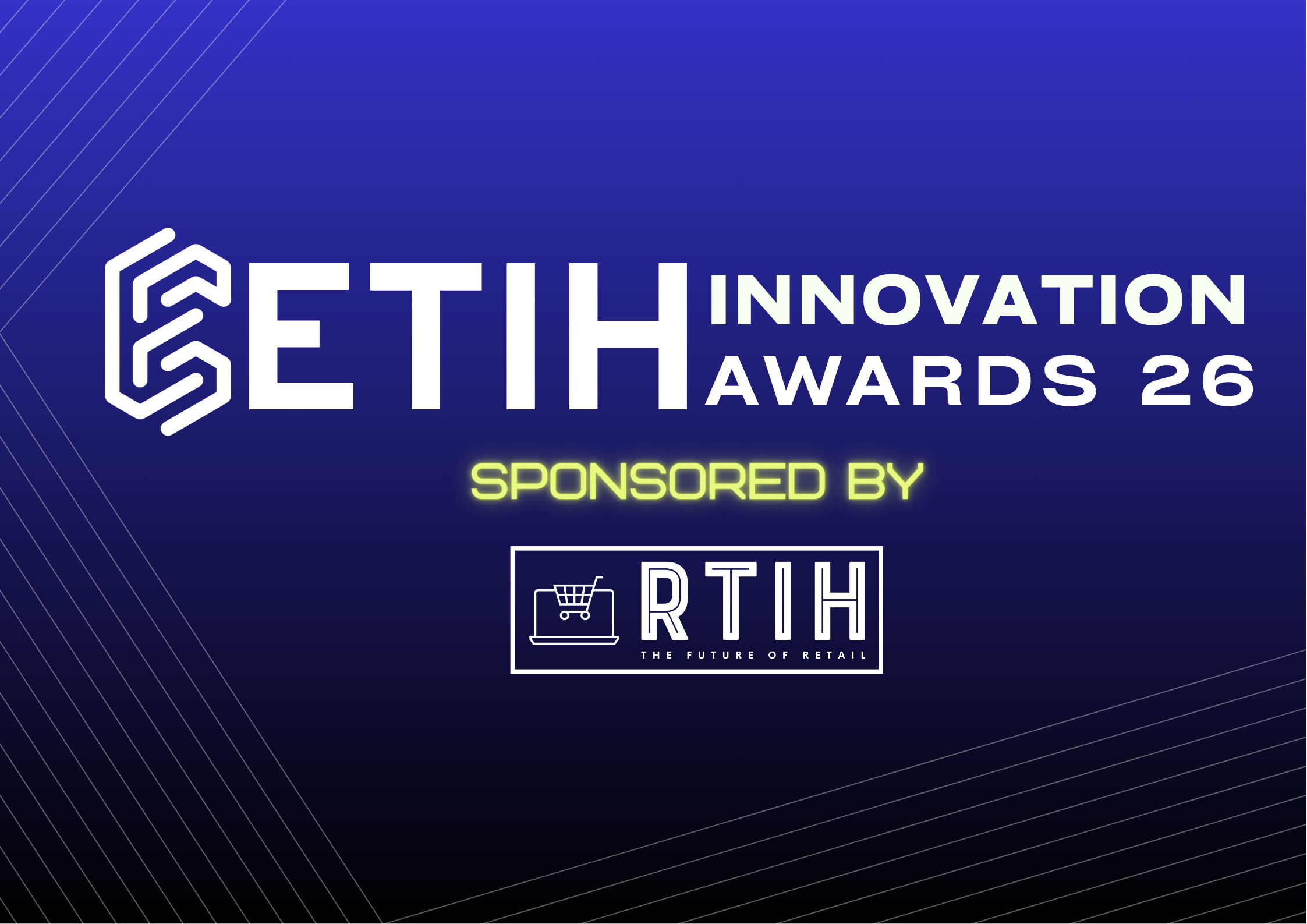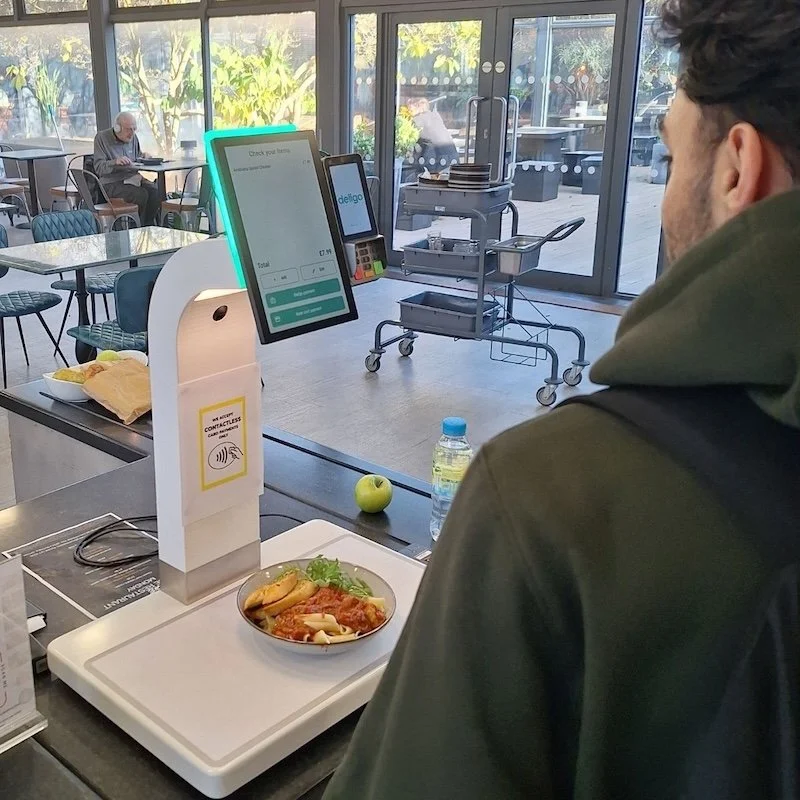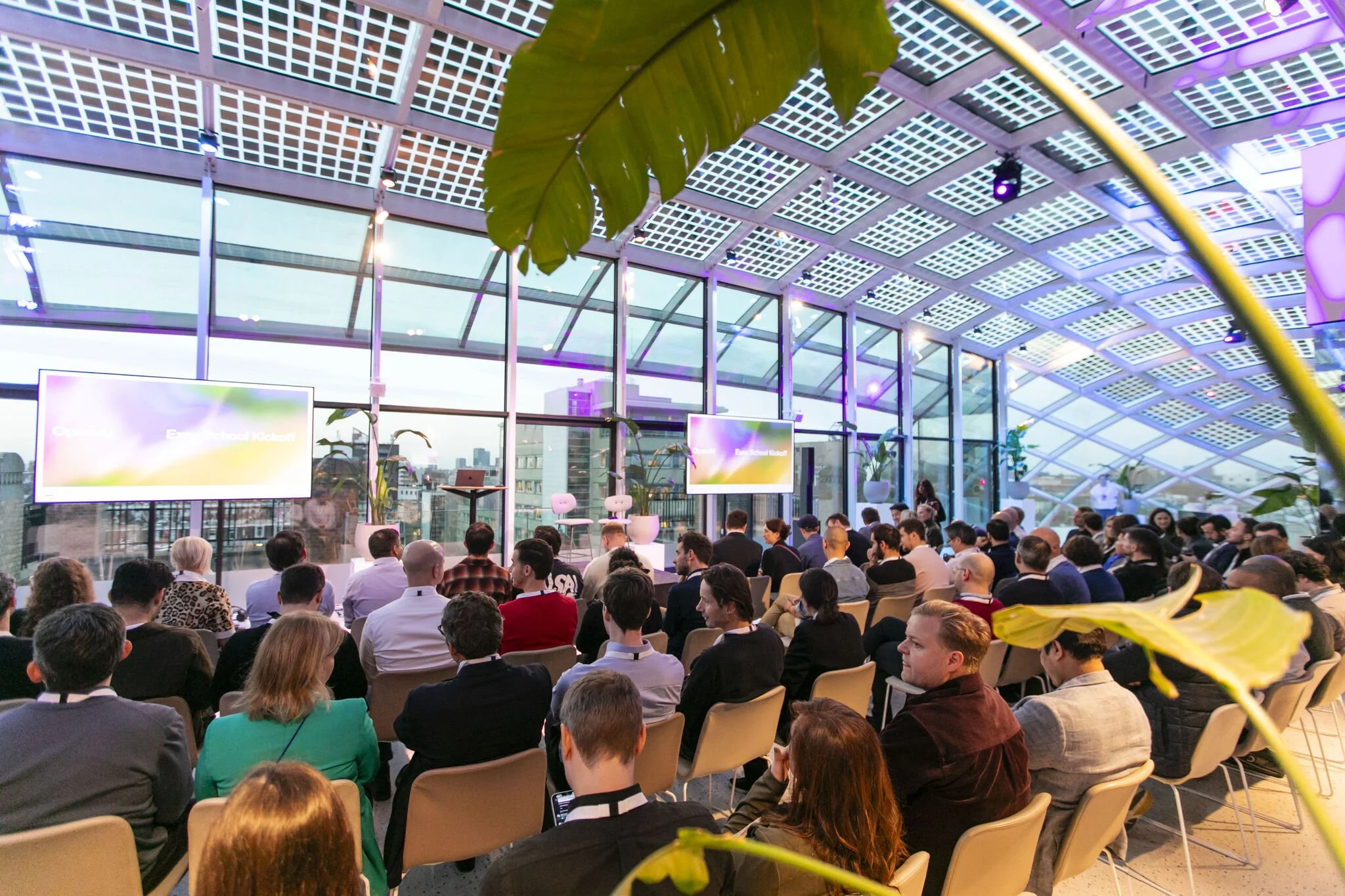MIT Lincoln Laboratory unveils most powerful AI supercomputer at a U.S. university
MIT’s Lincoln Laboratory has introduced TX-GAIN, an AI-optimized supercomputer ranked among the world’s top systems, designed to advance research in biodefense, cybersecurity, and materials science.
Photo credit: Glen Cooper/MIT
MIT Lincoln Laboratory has brought online TX-GAIN, an AI supercomputer housed at its Supercomputing Center in Holyoke, Massachusetts.
The system, recently listed in the TOP500 global rankings, is the most powerful AI-dedicated supercomputer at any U.S. university and is being used across biodefense, materials discovery, and national security research.
Two AI exaflops and 600 GPUs drive new research capacity
TX-GAIN, short for TX-Generative AI Next, achieves peak performance of two AI exaflops through more than 600 NVIDIA graphics processing unit accelerators optimized for artificial intelligence workloads. The system joins other high-performance machines supporting federal and campus-based projects.
Jeremy Kepner, Lincoln Laboratory Fellow and head of the Supercomputing Center, says: “TX-GAIN will enable our researchers to achieve scientific and engineering breakthroughs. The system will play a large role in supporting generative AI, physical simulation, and data analysis across all research areas.”
Researchers are using the new machine to apply generative AI to radar analysis, weather modeling, cybersecurity, and drug and materials design.
Rafael Jaimes, a researcher in the Counter–Weapons of Mass Destruction Systems Group, says: “TX-GAIN is allowing us to model not only significantly more protein interactions than ever before, but also much larger proteins with more atoms. This new computational capability is a game-changer for protein characterization efforts in biological defense.”
The facility’s energy-efficient data center supports collaborations across MIT, including the Haystack Observatory, the Center for Quantum Engineering, and the Air Force–MIT AI Accelerator. The lab has also developed software that can cut the energy required to train AI models by up to 80 percent. Kepner adds, “The LLSC provides the capabilities needed to do leading-edge research, while in a cost-effective and energy-efficient manner.”
The ETIH Innovation Awards 2026
The EdTech Innovation Hub Awards celebrate excellence in global education technology, with a particular focus on workforce development, AI integration, and innovative learning solutions across all stages of education.
Now open for entries, the ETIH Innovation Awards 2026 recognize the companies, platforms, and individuals driving transformation in the sector, from AI-driven assessment tools and personalized learning systems, to upskilling solutions and digital platforms that connect learners with real-world outcomes.
Submissions are open to organizations across the UK, the Americas, and internationally. Entries should highlight measurable impact, whether in K–12 classrooms, higher education institutions, or lifelong learning settings.
Winners will be announced on 14 January 2026 as part of an online showcase featuring expert commentary on emerging trends and standout innovation. All winners and finalists will also be featured in our first print magazine, to be distributed at BETT 2026.
